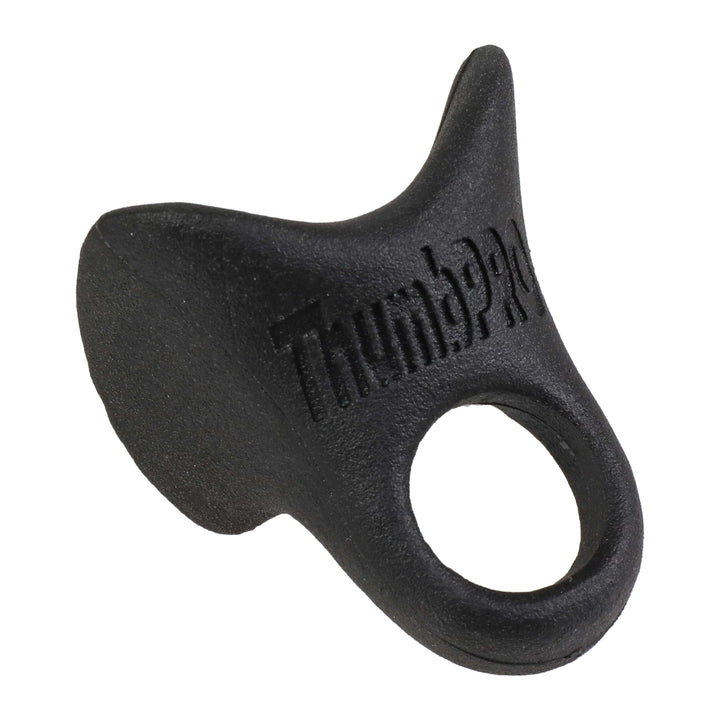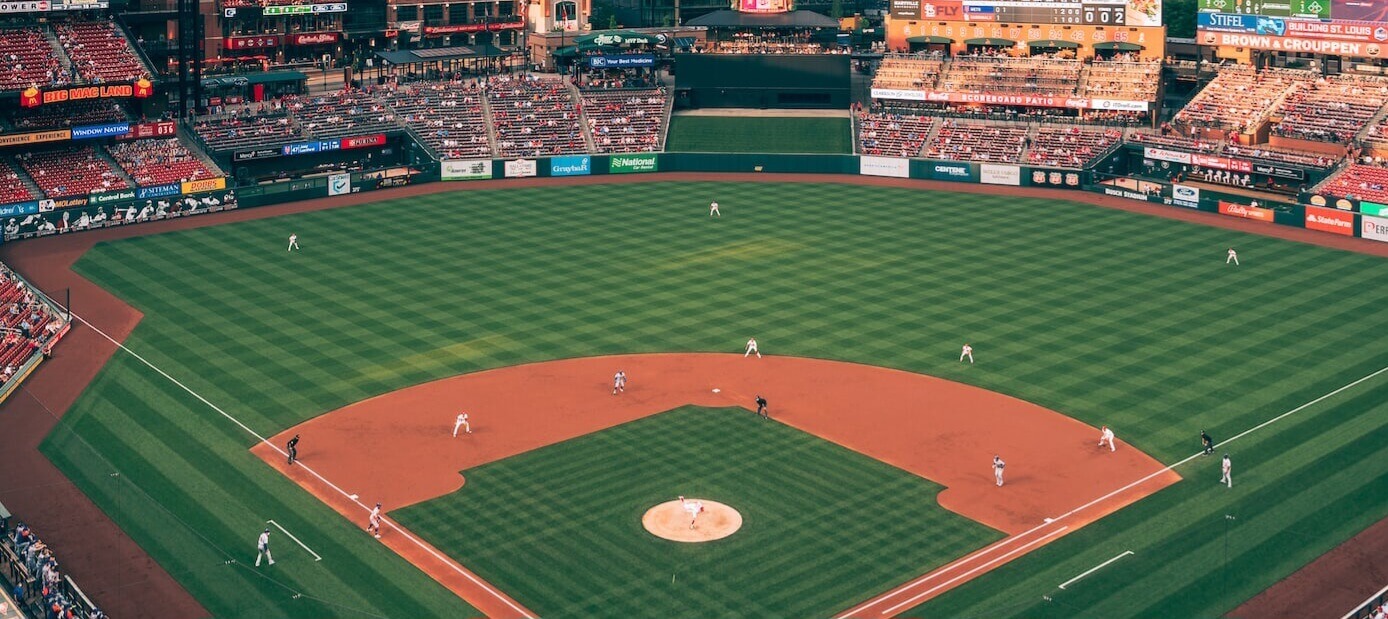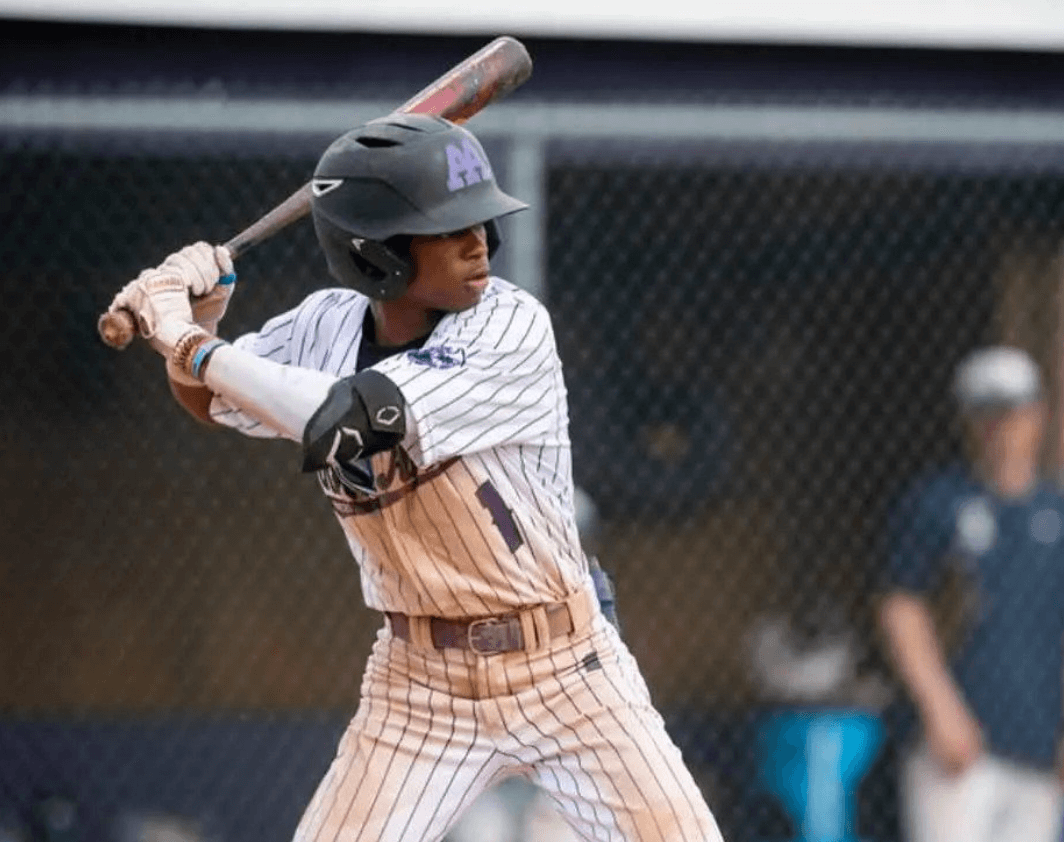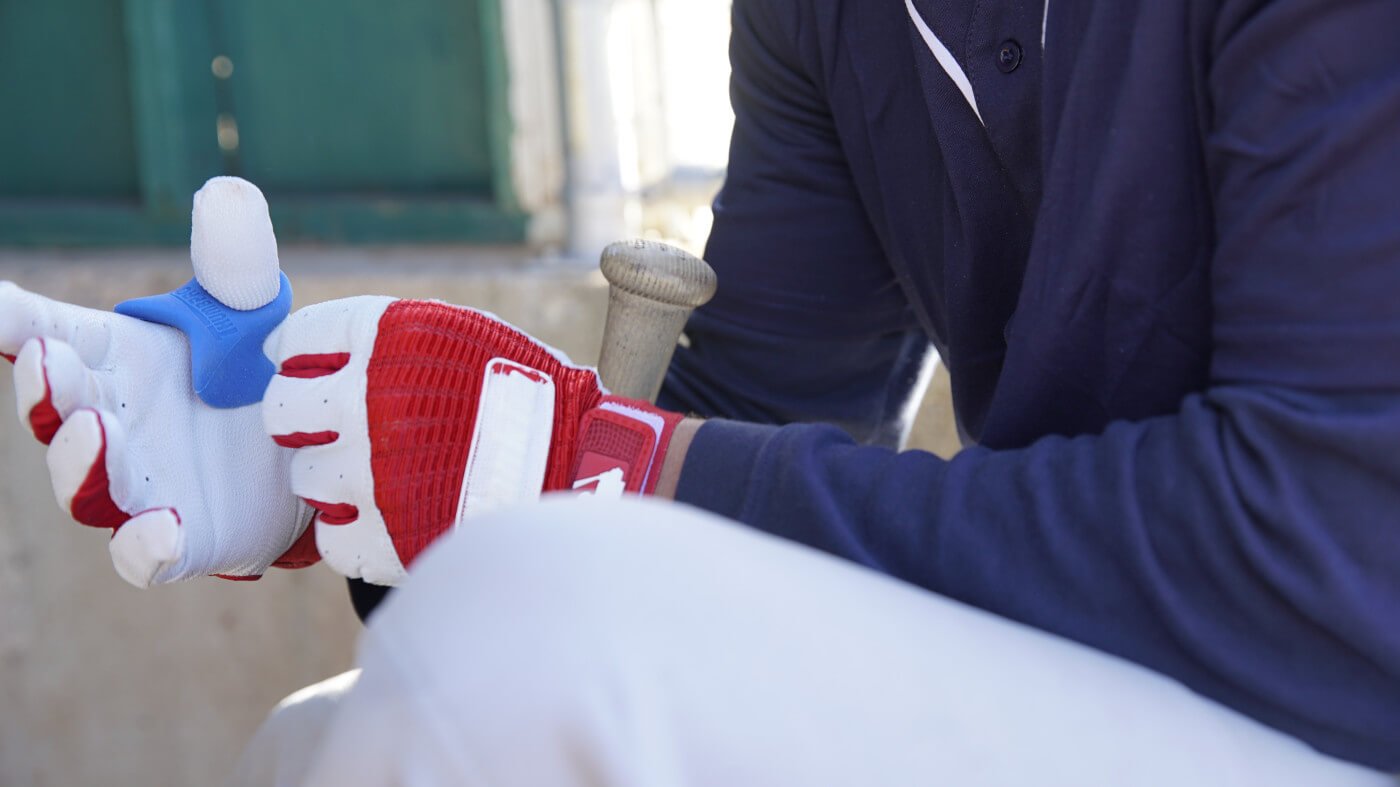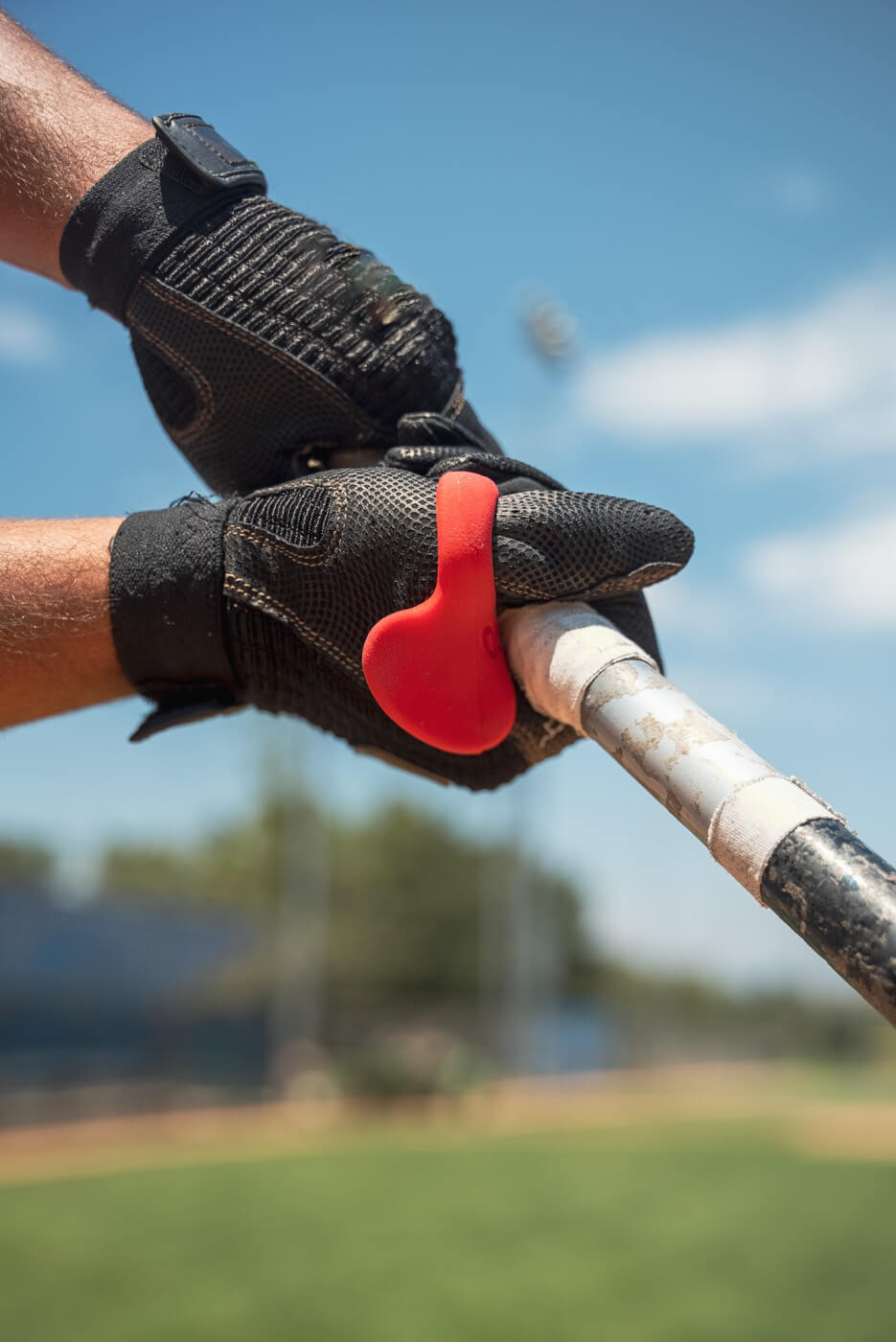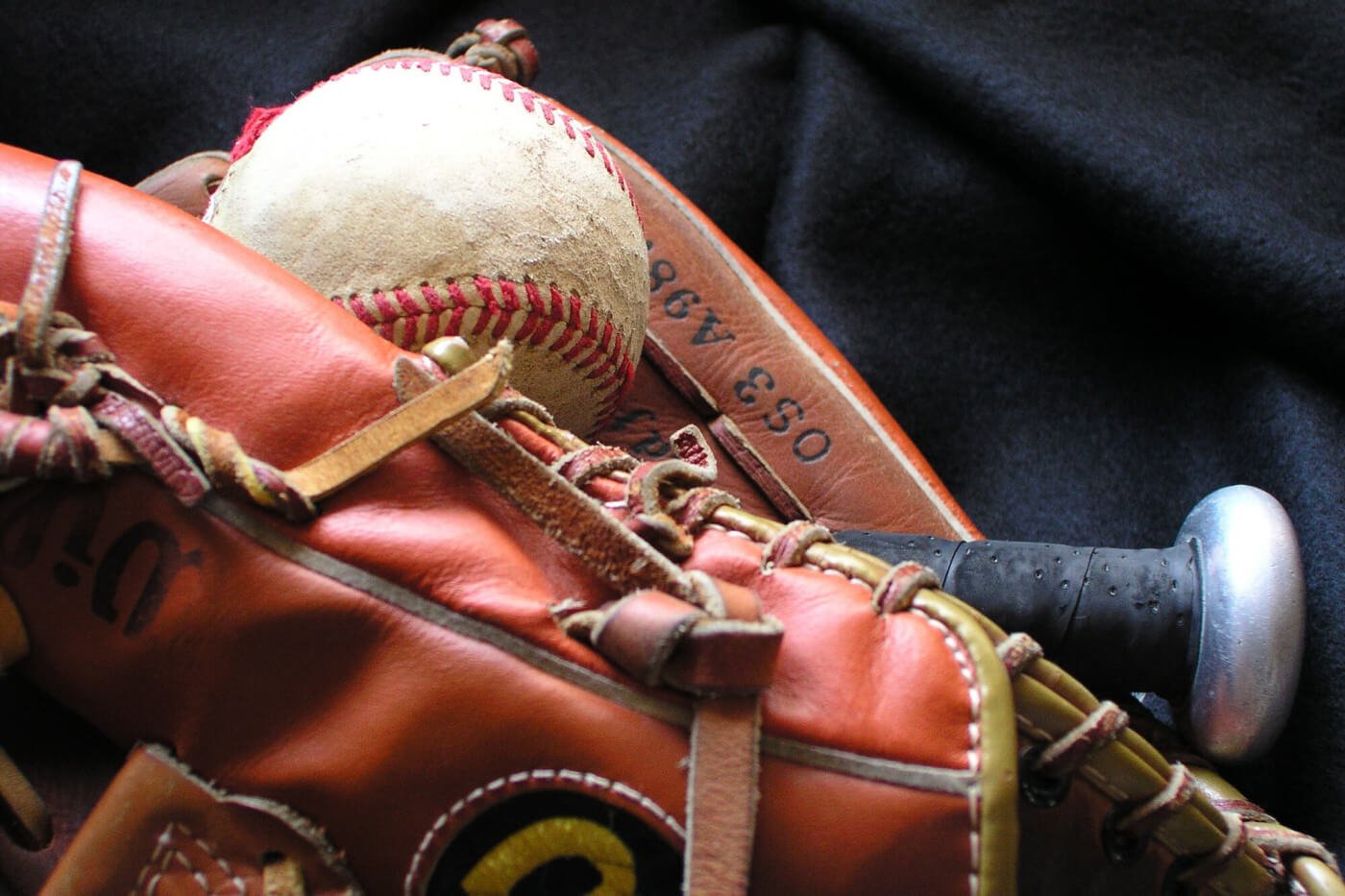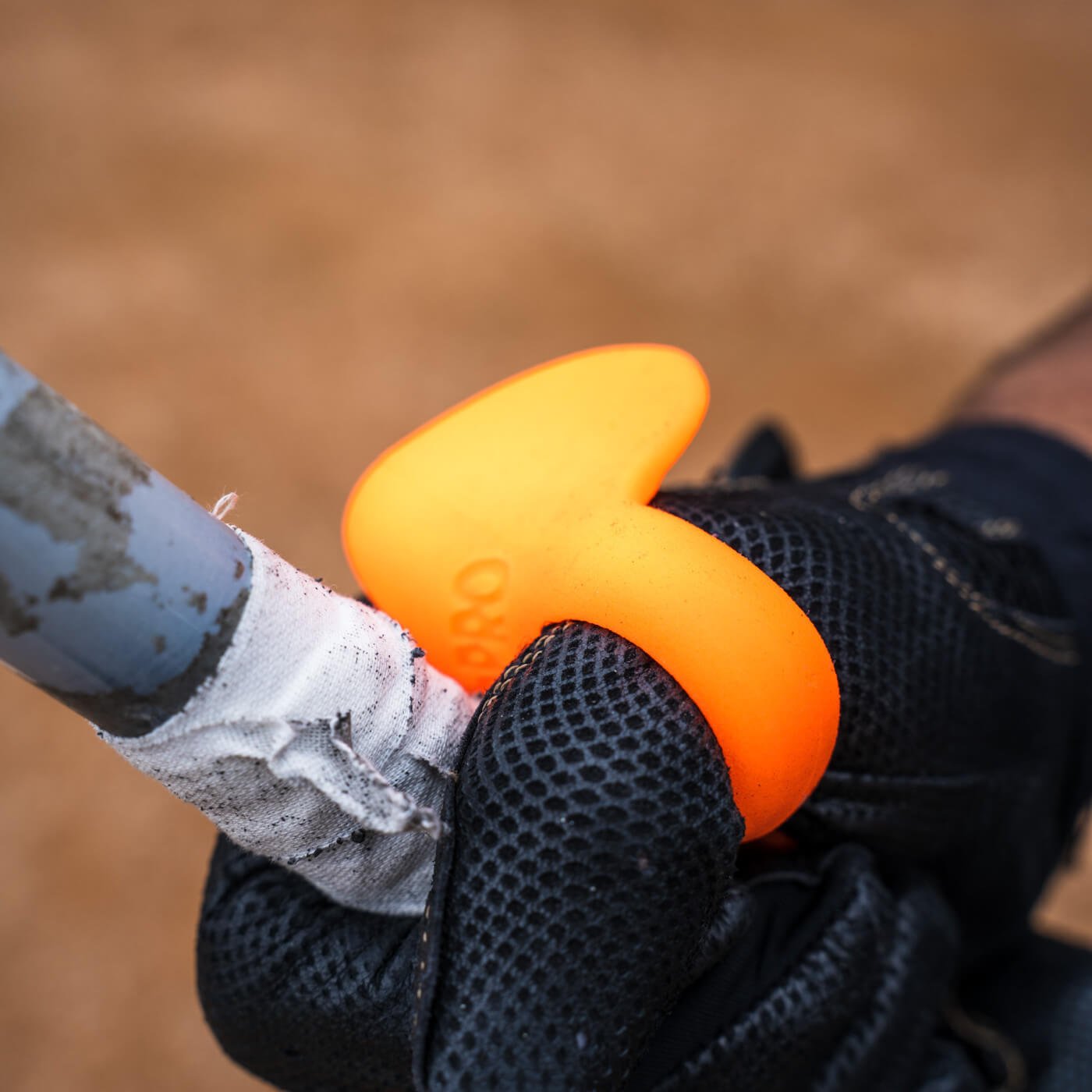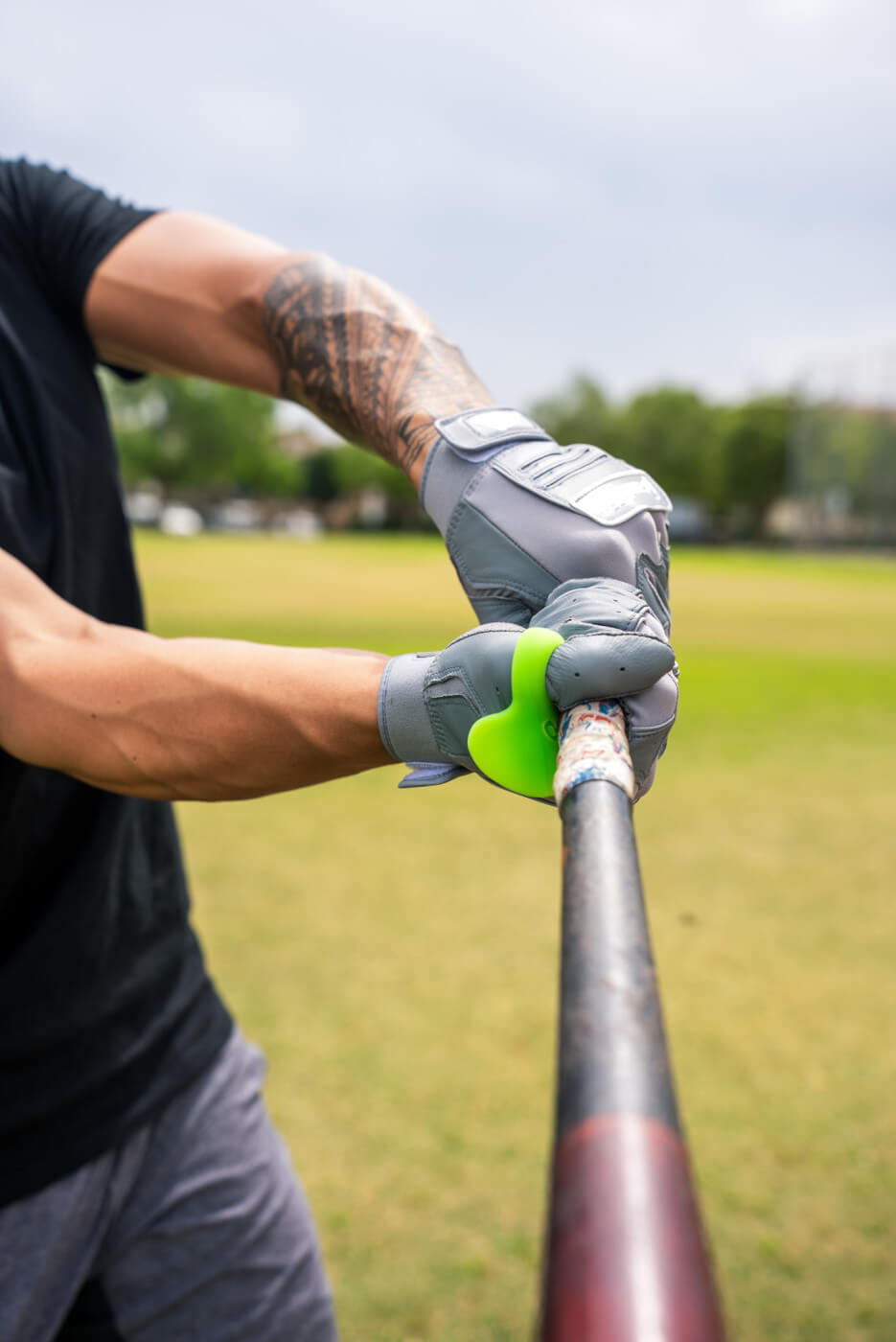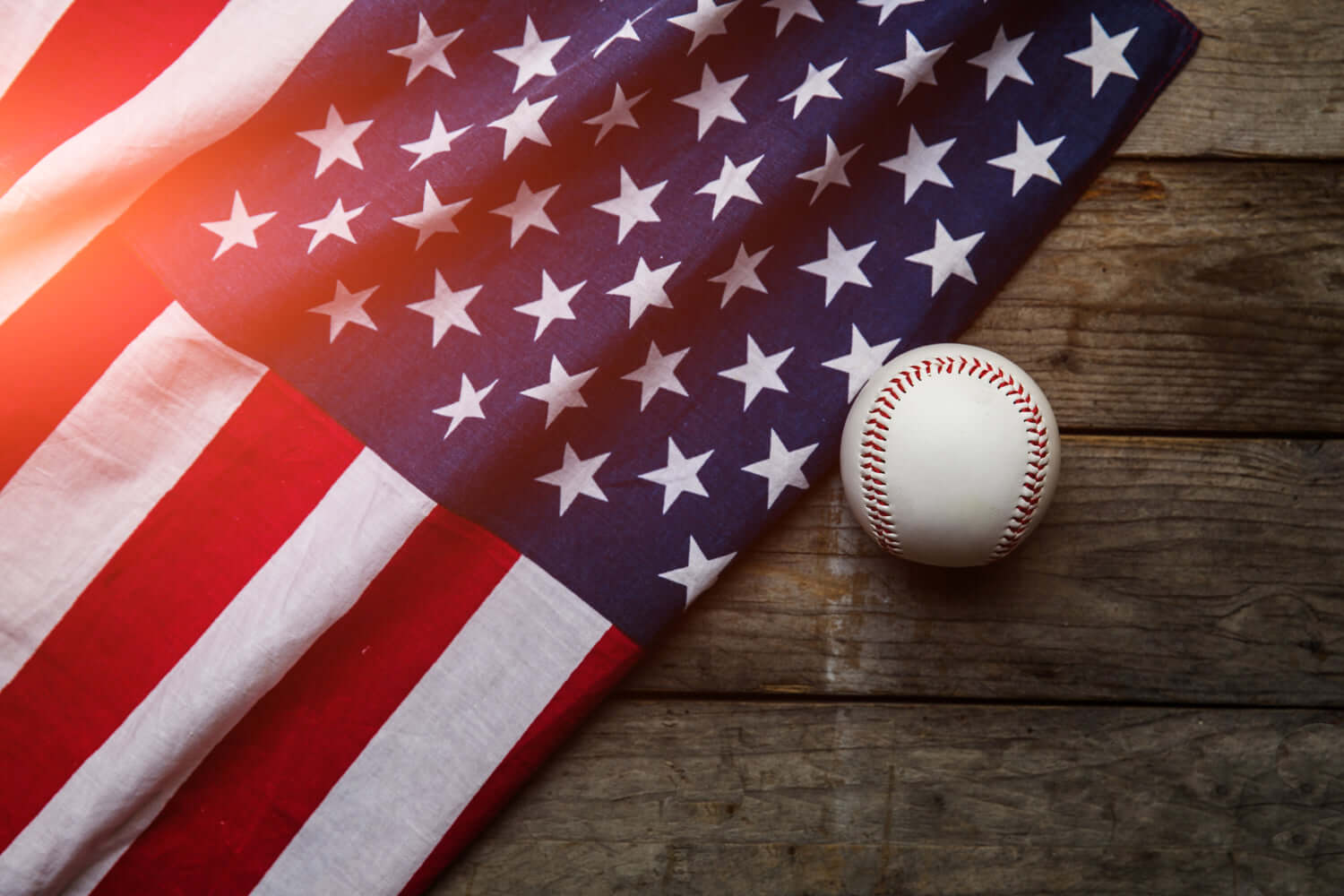ThumbPRO Baseball Thumb Guard Explains The Four New Rules That Will Change Major League Baseball Forever
Opinion piece by Kory Otsuka for ThumbPRO Baseball
Join ThumbPRO Baseball Thumb Guard and our guest writer, Kory Otsuka, as we talk about the new rules.
Nobody likes change.
Change is uncomfortable.
And, when Rob Manfred, the baseball commissioner, proposed adding more rules to start the 2023 baseball season, he was met with fierce resistance. But, a little over a month into the 2023 baseball season, we can now see and appreciate Manfred’s vision.
You see, Major League Baseball was facing a potential disaster. According to fans, the game was slow, drawn out, and lacking action. Slow-paced to the point where new fans were hard to attract, and old fans were finding better things to do with their valuable time.
As other leagues, like the flashy NBA (National Basketball Association) and action-packed NFL (National Football League), continued to gain popularity, MLB support was in decline. Major League Baseball recognized this problem early and immediately took action to keep pace with its competitors.
Major League Baseball introduced four significant rules over the offseason to be implemented on Opening Day 2023. Although initially questioned, each of these rules has played an essential role in changing the pace and action of the game.
New Baseball Rule #1: Banning the Shift
Over the past few seasons, the shift has become an effective defensive strategy. The gist of this strategy is to stack one side of the infield with an extra player to plug holes otherwise found by pull hitters.
The new rule states that there need to be two infielders on either side of second base once a pitch is thrown. The directive also requires all four infielders to start on the infield dirt (or inside the infield line for some stadiums).
To this point in the season, the ban on the shift has resulted in higher averages around the league. So far, batting averages are up 15 points at .247 (.232 the previous year) through the first month of games. It doesn’t sound like much, but that equates to over 450 more hits than the first month of 2022.
If hitters maintain this pace, it will account for over 2500 extra hits across the league when extrapolated over an entire season.
New Baseball Rules #2 and #3: Bigger Bases and Limited Pickoffs
Rules #2 and #3 are combined because the results share a mutual outcome.
The second rule changed the size of the bases, adding more surface area to them (3” more). Increasing the base sizes was intended for player safety, mainly to avoid contact on close plays near the bag. But logically, it also shortened the distance between bases.
The third rule limits a pitcher’s disengagement from the rubber only twice within the same plate appearance. And disengaging is defined as either a pickoff attempt, a pickoff fake, or simply stepping off.
After a third disengagement, if the pickoff is unsuccessful, the pitcher will be charged with a balk.
Quiz time: What would the result be if I told you that the bases were closer to each other and pitchers were limited on how many times they could pick over? You got it, more stolen bases.
Actually, the correct answer is a lot more stolen bases.
These rule changes intended to make the game safer and quicker have had the side effect of more stolen bases, thus producing more runners in scoring position. Over the same time frame of the first month of games, stolen bases are up from 392 last year to 602 steals this season. That is over a 50% increase!
Now with more runners in scoring position and the shift ban creating more hits, what do we get? Right again, more runs.
And there is the equation for more “action” that Manfred and Major League Baseball desperately needed.
Now I know what you’re thinking, “But won’t more hits and runs extend innings and make games take longer?” So allow me to introduce you to Rule #4.
New Baseball Rule #4: The Pitch Clock
The pitch clock is another rule introduced to speed up the game and keep it engaging. It was thoroughly tested and succeeded in the minor leagues before proposing to use the pitch clock at the major league level.
The rule states that a pitcher will have 15 seconds to throw a pitch with empty bases and 20 seconds if there are runners on base. The clock violation penalty will give the hitter an automatic ball.
The hitters also have time constraints with this new rule. Hitters must be in the batter’s box and ready to hit with 8 seconds remaining on the clock. The penalty for not being prepared on time will result in a strike to the hitter.
After a few violations and a couple of ejections this year, the players have adapted. Of course, an occasional infraction will still result in an extra ball or strike, but the confusion about the rule is gone.
Players have adjusted by having a shorter routine before stepping into the box. No more fiddling with Velcro on batting gloves or adjusting straps on protective equipment. Mainly because hitters don’t have time to think about the next pitch if they are tinkering with their gear.
Products like ThumbPRO Baseball thumb guard that don’t need adjusting are benefitting the players even more these days. The ThumbPRO simply stays in place and protects the player's hand so they don't have to think about it, especially with the game at a faster pace where every second counts.
The pitch clock rule has resulted in much shorter games. For example, the average game time for a major league game in 2022 was 3 hours and 4 minutes. So far this year, games have averaged around 2 hours and 40 minutes.
But shortening the game is just a byproduct of implementing the pitch clock. The real benefit of this rule was reducing the dead time between pitches, and keeping viewers engaged with every pitch was always the goal.
The Results Have Changed the Viewing Experience
Breaking down why baseball wasn’t as engaging as other sports wasn’t rocket science. Simply put, there was too much dead time and not enough action.
But fixing the problem wasn’t clear. Nor was it easy. And if these small changes continue to produce these action-packed, fast-paced games, we’ll look back at 2023 as the year baseball was changed forever.
You can dislike Rob Manfred for prior things he did or didn’t do for the game. But in these times of shortened attention spans and flashy alternatives, you can’t deny that these changes have steered the game in a direction to keep Major League Baseball relevant.
Thank you, Commissioner Manfred.
Hit it out of the park this season and every season with ThumbPRO Baseball
$44.00
Comfort, Performance, Protection Prevent Bat Sting ~ Protect your hand from getting jammed Engineered to Fit Your Hand ~ Comfortably stays in place Avoid the Death Grip ~Unlock your optimal swing Made of Shock-Absorbing Polymer Fits Left or Right-Handed Batter Own the Strike… read morePitch Black ThumbPRO®
